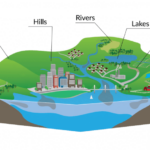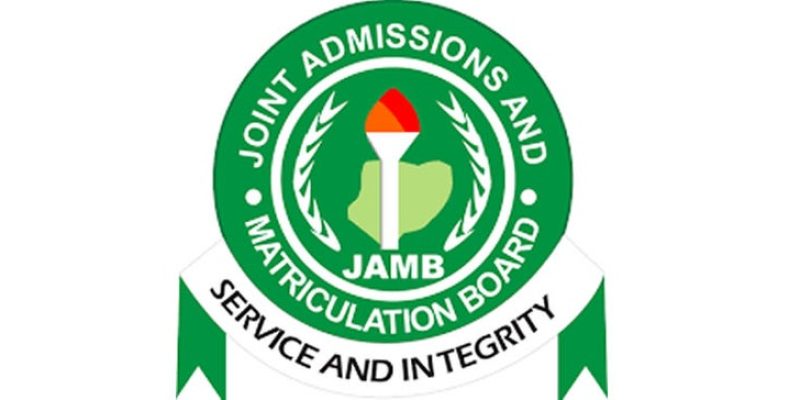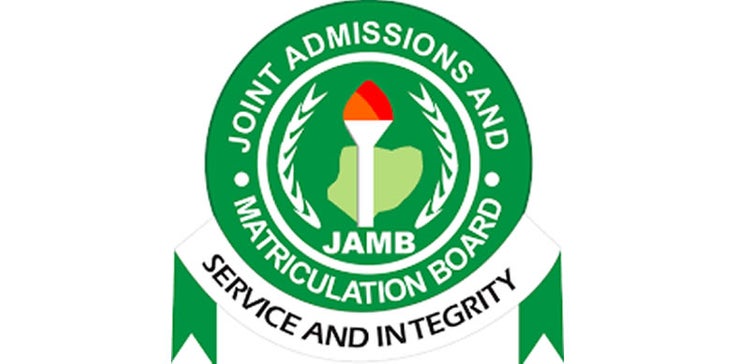INTRODUCTION
The JAMB Syllabus is a comprehensive listing of topics from which questions would be set on all subject areas. The syllabus has been specifically designed to guide candidates to adequately prepare for the examination.
Below is the JAMB 2022 Syllabus for Geography;
CONTENT
I. PRACTICAL GEOGRAPHY:
1. Scale and measurement distances, areas reduction and enlargement, directions,
bearings and gradients with reference to topographical maps.
2. Map reading and interpretation; drawing of cross profiles, recognition of intervisibility, recognition, and description of physical and human features and relationships as depicted on topographical maps.
3. Interpretation of statistical data; maps and diagrams
4. Elementary Surveying chain and prismatic, open and close traverse, procedure, problems, advantages, and disadvantages.
II. PHYSICAL GEOGRAPHY:
1. The Earth as a Planet:
- The earth in the solar system, rotation and revolution;
- The shape and size of the earth
- Latitudes and distances, longitudes and time;
- The structure of the earth (internal and external).
2. Rocks:
- Types and characteristics
- Modes of formation
- Uses of rocks
3. Landforms:
- processes; earth movements (faulting, folding, earthquakes, volcanicity),
- erosion, transportation and deposition.
- Modifying agents; water (surface and Underground) wind and sea waves;
- Types of landforms associated with the Processes and agents specified above
- (Karst topography
 Topography can be defined as the study of the shape and features of land surfaces. The topography of an area refers to the surface shapes and features on the ground and... More, plains fold mountains, faulted landforms, volcanic mountains, deltas, river terraces, barchans seifs and zeugens).
Topography can be defined as the study of the shape and features of land surfaces. The topography of an area refers to the surface shapes and features on the ground and... More, plains fold mountains, faulted landforms, volcanic mountains, deltas, river terraces, barchans seifs and zeugens).
4. Water Bodies:
- Oceans and seas (world distribution, salinity and uses);
- Ocean currents – types, distribution, causes and effects;
- Lakes – types, distribution and uses.
5. Weather and Climate:
- Concept of weather and climate
- Elements of weather and climate
- Factors controlling weather and climate (pressure, air, mass, altitude, continentality and winds);
- Classification of climate (Greek and Koppen).
- Major climate types (Koppen), their Characteristics and distribution.
- Measuring and recording weather parameters and instruments used.
6. Vegetation:
- Factors controlling growth of plants
- The concept of vegetation e.g. plant communities and succession
- Major types of vegetation, their characteristics and distribution,
- Impact of human activities on vegetation.
7. Soils:
- Definition and properties
- Factors and processes of formation
- Soil profiles
- Major tropical types, their characteristics, distribution and uses;
- Impact of human activities on soils.
8. Environmental Resources:
- Types of resources (atmospheric, land, soil, Vegetation and minerals);
- The concept of renewable and non-renewable resources;
9. Environmental Interaction:
- Land ecosystem
- Environmental balance and human interaction
10 Environmental Hazards:
- Natural hazards (droughts, earth-quakes, volcanic eruptions, flooding)
- Man-induced (soil erosion, DeforestationDeforestation, in simple terms, means the felling and clearing of forest cover or tree plantations to accommodate agricultural, industrial or urban use. More, pollution, flooding Desertification)
- Effects, prevention and control of hazards.
III. HUMAN GEOGRAPHY:
1. Population
- World population with particular reference to the Amazon Basin, N.E. U.S.A., India, Japan and the West Coast of Southern African.
- Characteristics – birth and death rates, ages/sex structure.
- Factors and patterns of population distribution;
- Factors and problems of population growth;
2. Settlement with particular reference to Western Europe, Middle East and West Africa;
- Types and patterns: Rural and Urban, Dispersed, nucleated and linear;
- Rural settlement: classification, factors of growth and functions;
- Urban settlement – classification, factors for growth and functions.
- Problems of urban centres
- Interrelationship between rural and urban settlements.
3. Selected economic activities
- Types of economic activities: primary, secondary and tertiary;
- Manufacturing industries, types, locational factors, distribution and socioeconomic importance and problems of industrialization in tropical Africa.
- Transportation and Communication types, roles in economic development and communication in tropical Africa.
- World trade-factors and pattern of world trade, major commodities (origin, routes and destinations).
IV. REGIONAL GEOGRAPHY:
A. Nigeria
1. Broad outline
- Location, position, size, political division – (states) and peoples;
- Physical settling: geology, relief, landform, climate and drainage, vegetation and soils;
- Population: size, distribution, migration, (types, problems and effects);
- Natural Resources: types (minerals, soils, Water, vegetation etc) distribution, uses and Conservation;
- Agricultural Systems: the major crops produced, problems of agricultural development in Nigeria.
- Manufacturing Industries: factors of location, types of products, marketing and problems associated with manufacturing;
- Transportation and trade: modes of transportation and their relative advantages and disadvantages, regional and international trade.
2. Geographical Regions of Nigeria
- Eastern Highlands;
- Eastern Scarpland;
- Northern Central Highland;
- Western Highlands;
- Sokoto Plains;
- Niger-Benue trough;
- Cross River Basin;
- Southern Coastland each region analysed under the following sub-headings: physical setting (relief,drainage etc) people, population and settlements, modes of exploitationTo use someone or something unfairly for your own advantage. More of natural resources, transportation and problems of development.
B. The Rest of Africa:
1. Africa on broad outline;
- Location, size, position, political settings (relief, drainage, climatemtype, Vegetation type etc).
- Distribution of major minerals
2. Selected Topics
- Lumbering in equatorial Africa with particular reference to Cote d’voire (Ivory Coast) and the Democratic Republic of Congo.
- IrrigationIrrigation is the artificial application of water to the soil through various systems of tubes, pumps, and sprays. It helps grow crops, landscape plants, and lawns. Irrigation is usually used in... More Agriculture in the Nile and Niger Basin;
- Plantation Agriculture in West and East Africa
- Fruit Farming in the Mediterranean Regions of Africa.
- Mineral Exploitation
– Gold mining in South Africa
– Copper mining in the Democratic Republic of the Congo
– Crude oil production in Algeria and Libya
- Population Distribution in West Africa
- International Economic Cooperation in West Africa, e.g. ECOWAS
JAMB 2022 Geography Syllabus Recommended Textbooks
- Adeleke, B.O. and Leong, G.C. (1999). Certificate Physical and Human Geography (West African Edition), Ibadan: Oxford.
- Bradshaw, M. name(s)? (2004). Contemporary World Regional Geography, New York: McGraw Hill
- Bunet, R.B and Okunrotifa, P.O. (1999). General Geography in Diagrams for West Africa, China: Longman. Collins New Secondary Atlas, Macmillan
- Fellman, D. name(s)? (2005). Introduction to Geography (Seventh Edition) New York: McGraw Hill
- Getis, A. name(s)? (2004). Introduction to Geography (Ninth Edition) New York: McGraw Hill
- Iloeje, N. P (1999). A New Geography of West Africa, Hong Kong: Longman
- Iloeje, N.P (1982). A New Geography of Nigeria (New Education), Hong Kong: London
- Nimaku, D.A. (2000). Map Reading of West Africa, Essex: Longman.
- Okunrotifa, P.O. and Michael S. (2000). A Regional Geography of Africa (New Edition), Essex: London.
- Udo, R.K (1970). Geographical Regions of Nigeria, London: Longman.
- Waugh, D. (1995). Geography an Integrated Approach (Second Edition), China: Nelson
- Wisdomline Pass at Once JAMB.





Responses